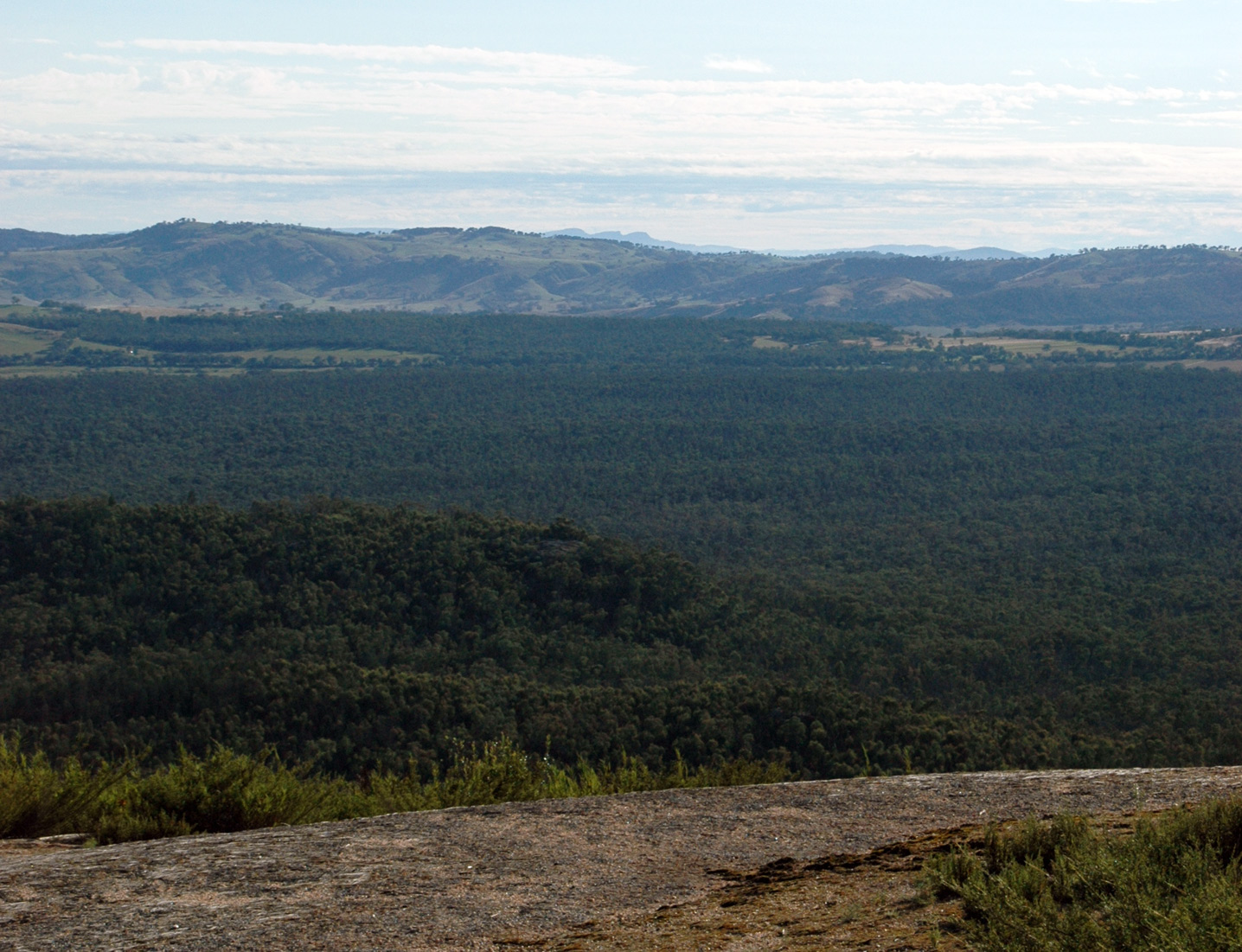Thirsty carbon sequestration or saving water and the climate?

Research by Fenner School scholars published last week in the prestigious journal Climatic Change quantifies the trade-offs between sustaining water resources and reducing greenhouse gas emissions in Australia. Activities to mitigate greenhouse gas emissions impact on scarce water resources but has been given limited attention in greenhouse mitigation planning. In this Australian case study, a suite of 74 mitigation measures ranked as highest priority by an influential ‘least cost of abatement’ proposal were analysed. They found highly variable consequences for water quantity. The largest impacts result from land-based sequestration – such as tree planting - which has the potential to intercept large quantities of water and reduce river flows. Moderate impacts result from some renewable power options, including solar thermal power. Wind power, biogas, solar photovoltaics, energy efficiency and operational improvements to existing power sources can reduce water demand through offsetting the water used to cool thermal power generation. This integrated analysis significantly changes the attractiveness of some mitigation options, compared to the case where water consumption is not considered.
ANU commissioned the research by a team led by Phil Wallis at the Monash Sustainability Institute, and included Fenner School researchers Jamie Pittock, Karen Hussey and Monique Retamal.
The paper is: Wallis, P., Ward, M., Pittock, J., Hussey, K., Bamsey, H., Denis, A., Kenway, S., King, C., Mushtaq, S., Retamal, M. and Spies, B. (2014) 'The water impacts of climate change mitigation measures', Climatic Change vol 125, pp209-220. http://dx.doi.org/10.1007/s10584-014-1156-6
